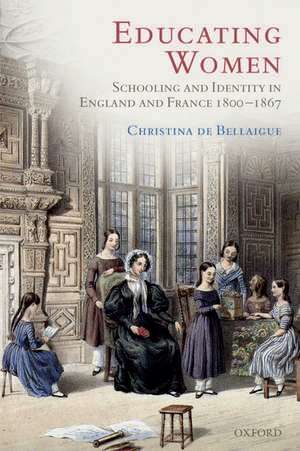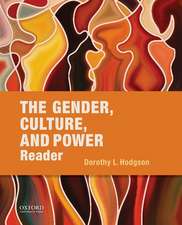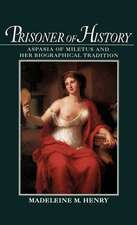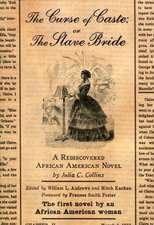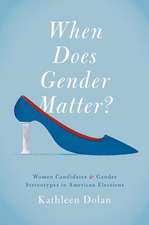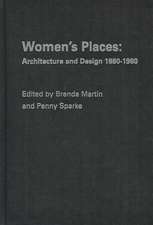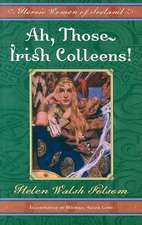Educating Women: Schooling and Identity in England and France, 1800-1867
Autor Christina de Bellaigueen Limba Engleză Hardback – 15 aug 2007
Preț: 659.06 lei
Preț vechi: 944.62 lei
-30% Nou
Puncte Express: 989
Preț estimativ în valută:
126.11€ • 132.02$ • 104.35£
126.11€ • 132.02$ • 104.35£
Carte tipărită la comandă
Livrare economică 25-31 martie
Preluare comenzi: 021 569.72.76
Specificații
ISBN-13: 9780199289981
ISBN-10: 0199289980
Pagini: 294
Ilustrații: 6 halftones
Dimensiuni: 163 x 240 x 20 mm
Greutate: 0.64 kg
Editura: OUP OXFORD
Colecția OUP Oxford
Locul publicării:Oxford, United Kingdom
ISBN-10: 0199289980
Pagini: 294
Ilustrații: 6 halftones
Dimensiuni: 163 x 240 x 20 mm
Greutate: 0.64 kg
Editura: OUP OXFORD
Colecția OUP Oxford
Locul publicării:Oxford, United Kingdom
Recenzii
[A] beautifully structured book.
empirical scholarship at its best... De Bellaigue succeeds in calling attention to correcting, extending, and refining modern understanding of nineteenth-century private education by, for, and about women on both sides of the Channel.
This ambitious comparative study of the education of middle-class English and French girls before the start of more active intervention by national governments later in the nineteenth century is an important addition to the existing historical literature.
Bellaigue's study fills an important gap in our understanding of the development of girls' education in the nineteenth century. Her book is clearly written, well-paced, and provided with useful tables and illustrations. Her comparative approach also proves a valuable way of capturing the essence of boarding-school education in the two countries.
empirical scholarship at its best... De Bellaigue succeeds in calling attention to correcting, extending, and refining modern understanding of nineteenth-century private education by, for, and about women on both sides of the Channel.
This ambitious comparative study of the education of middle-class English and French girls before the start of more active intervention by national governments later in the nineteenth century is an important addition to the existing historical literature.
Bellaigue's study fills an important gap in our understanding of the development of girls' education in the nineteenth century. Her book is clearly written, well-paced, and provided with useful tables and illustrations. Her comparative approach also proves a valuable way of capturing the essence of boarding-school education in the two countries.
